Listen, Understand, Act
In trying to manage, it is important to start by understanding the issue or the problem before trying to solve it. As Peter Drucker wrote, an effective executive asks, “What needs to be done?” Often times, a manager may believe they have the solution before they understand the problem. The critical lessons to learn are to understand what the problem is before you start trying to solve it and to understand the solution before you apply it. On the surface, this may seem a simple and obvious lesson, but in management, it is one of the hardest to accept and apply. I call this the full cup problem. The problem can be seen in three different ways.
First, a manager may be presented with a “problem” that is not theirs to solve because it is not a problem or it can only be solved by someone else. Second, a manager may be carrying around their own problem and see your problem as a way to solve theirs. Third, you may need to consider whether your proposed solution is solving the problem or is the solution a way to avoid the problem. In each case, the two approaches need to be considered. You need to understand the problem, as a problem, before considering what you are going to do. Then, you need to understand your solution, a solution, before you consider applying it. The issue, though, is more than defining the problem or framing it. Although these are important problem-solving techniques, the underlying issue is how we approach problems.
The Story of the Full Cup
A well-known story illustrates the point that we need to understand the problem and the solution before we can solve it.
The Japanese master Nan-in gave audience to a professor of philosophy. Serving tea, Nan-in filled his visitor’s cup, and kept pouring. The professor watched the overflow until he could restrain himself no longer: “Stop! The cup is over full, no more will go in.” Nan-in said: “Like this cup, you are full of your own opinions and speculations. How can I show you Zen unless you first empty your cup.”
Are You Arriving with a Solution Before You Have a Problem?
In many cases, a manager may arrive with a solution before they even know what the problem is that needs to be considered. For many organisations, this can be seen when the head office or the senior management team are remote from the problem. The problem may be on their radar, but without any formal structure. As a result, they attempt to solve it without understanding it. What needs to be done in this situation is that the senior managers need to gather more information, perhaps have the problem framed in a way that they will understand. Otherwise, the senior managers are using their resources ineffectively because they are trying to solve the problem they think they have rather than the one that is happening on the frontline.
When a senior manager assumes that they understand the problem, and quickly latch onto their preferred solution, the Chief Executive has to rein them in by asking if they understand the problem and if they understand their solution. As they are not familiar with the problem but they know their solutions, they then push for their preferred choice regardless of whether it is correct. The underlying issue in this scenario is that either the senior management team have poor quality information or the problem is not framed appropriately. Too often, they do not probe the issue, or work up an understanding of the problem, before offering a solution. Instead of embarking on a possible solution, they need to make the problem concrete so they can understand whether their solution will work.
Example: The Old Car Problem
One way to consider this is that the organisation has an old car that needs to be repaired. If the senior managers come to the problem, understood as “how are we going to get to work every day,” with the solution that they need a new car, they have not understood the problem. They are coming with the solution — get a new car — rather than understanding the problem: “Do I need to travel to work and if so, what is the best way to travel?”
The question can be seen differently by asking: “Do I still need to go to work every day?” “Can I work from home?” “Is public transport available as a solution?” “Could I rideshare?” If the company has many cars, then they may even assume that a car is the solution.
When a Problem Is Used to Solve Another Problem
In other cases, the senior management team may have a problem they want to solve and the issue that is raised becomes an opportunity to solve their problem. For example, the problem that is presented is that more goods need to be delivered. The senior managers, who have too many cars, may come to the problem, propose that all salespeople be given cars, and deliver the goods. The senior managers are solving their problem — the need to use more cars more effectively — instead of understanding why or how more goods can be delivered. To the senior managers, the delivery problem becomes a solution to their problem of having too many cars.
The Chief Executive needs to understand what they are trying to solve and what the solution will do. If salespeople are also delivery people, can they still be effective salespeople? Can they be effective delivery people? Moreover, the Chief Executive has to consider whether the senior management team is only solving the delivery problem to avoid the excess car problem.
Solving a Problem by Starting a Different Business?
In the third scenario, the manager may have a problem, such as too many cars around the building. The senior managers who are far away may assume that the issue can be resolved by building a car park. They may even visit the site and believe that building a new car parking structure is the answer. They see the problem as parking and not having too many cars or understanding why there are too many cars. If they decide to build a car park to store the cars, they are getting into a different business.
Should they be building car parks? Perhaps they could look at companies who are already in the car park business. Instead of solving the car parking issue, the company is trying to decide whether it needs to go into the car parking business. Instead of trying to understand the problem, their preferred solution is taking them into a different line of business. Do they need to build a car park? Could they park their cars with a private car park?
Empty Your Cup
What these issues show is that senior managers need to have more information before they decide whether they understand the problem. If they look at solutions, then they need to have enough information to decide if their solution solves the problem. There are many solutions to problems, but none will work if you do not know what the problem is that needs to be solved. Therefore, it is important to empty yourself of solutions before you look at a problem. Otherwise, you will find the solution you brought — because you are bringing a full cup to the table.





